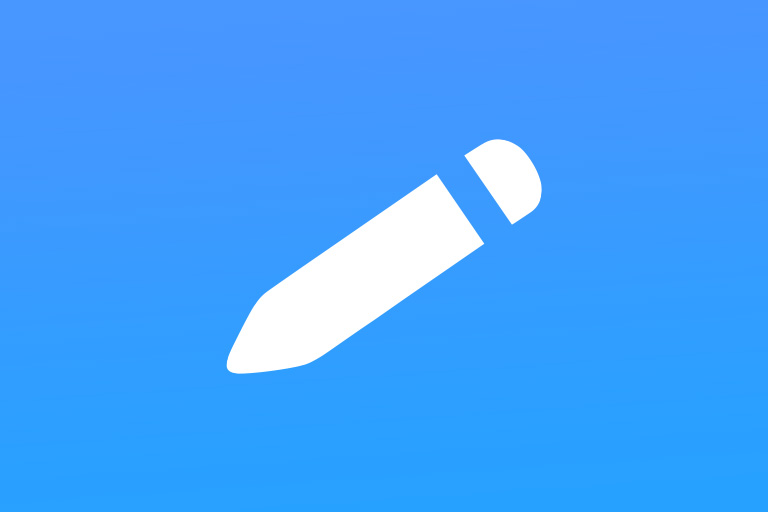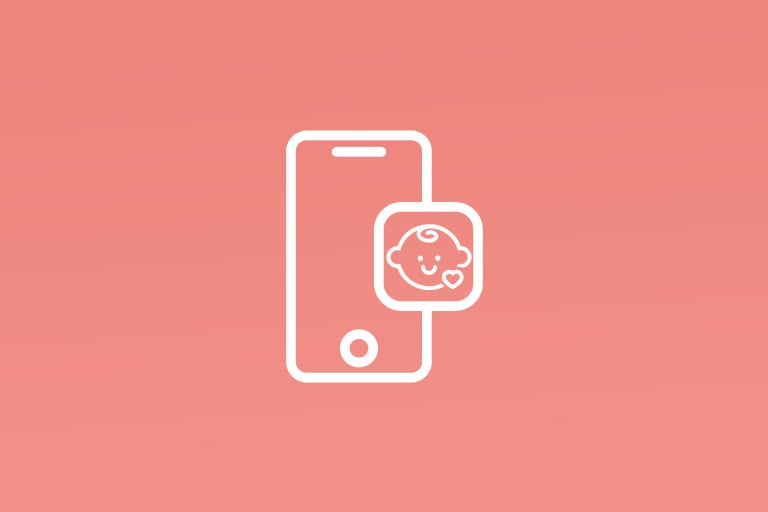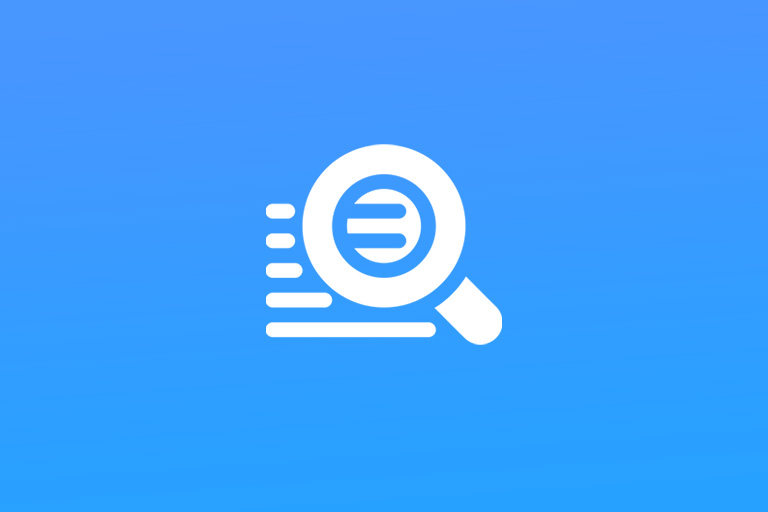Pricing your app goes far beyond just slapping a dollar amount on it. It's an intricate balancing act that requires understanding user expectations, analyzing competitor strategies, assessing market demand, and aligning with your profitability goals. You might feel your app is worth one price, but others may have different opinions—ranging from lower to higher valuations.
So, how do you land on the right price? And how do you position your app in the market—are you aiming for luxury or mass appeal? The key lies in crafting a well-thought-out and strategic pricing approach.
What is an App Pricing Strategy?
An app pricing strategy is a methodical approach designed to help businesses set an optimal price for their app. This ensures alignment with both business goals and user needs. Gone are the days when a simple $0.99 price tag could suffice. Today’s market demands in-depth research, a keen understanding of user behavior, and a pricing structure that resonates with your audience while driving profitability.
Key Approaches to App Pricing
The right pricing strategy for your app depends on its value proposition and market positioning. Here are four primary pricing strategies to help guide your decision:
1. Economy Pricing
Economy pricing focuses on making your app the most affordable option in the market. It’s a great strategy for businesses with low overhead costs and the goal of reaching a large audience. This pricing approach is particularly effective in competitive markets where users are highly price-sensitive, such as during economic downturns or when users are hesitant to spend.
2. Penetration Pricing
Penetration pricing involves setting a low initial price to attract users quickly and build a strong user base. After establishing a loyal following, you can gradually increase the price. This strategy is popular in industries like ridesharing, streaming, and food delivery, where the goal is to generate long-term loyalty through an affordable entry point.
3. Premium Pricing
Premium pricing positions your app as a high-end product offering exceptional quality or exclusive features. This strategy works well when targeting high-income users or those seeking top-tier experiences. To succeed, your app must deliver the promised premium quality, often focusing on niche markets where differentiation is key.
4. Price Skimming
Price skimming is a strategy where you set a high initial price for your app, capitalizing on early adopters who are willing to pay a premium. As competition increases, you gradually lower the price to appeal to a broader audience. This approach works best if your app is first to market or offers innovative features that justify a higher starting price.
Key Factors to Consider When Pricing Your App
Setting the right price isn't just about intuition—it requires careful analysis. Here are a few critical factors to consider:
1. Define Your Who, Why, and How
- Who is your app for? Understand your target audience and their willingness to pay. Are they high-income users or more budget-conscious? Tailoring your pricing strategy to match their expectations will improve your chances of success.
- Why are you building this app? Whether your goal is rapid market share expansion or immediate profitability, your broader business objective should inform your pricing decisions.
- How will you measure success? Track metrics such as Cost Per Install (CPI), Cost Per Action (CPA), and conversion rates to evaluate pricing effectiveness and make data-driven adjustments.
2. Understand Your Users' Willingness to Pay
Knowing how much your users are willing to pay is crucial to setting the right price. FoxData offers insights into user behavior and preferences, providing real-time analytics to help you adjust your pricing based on user engagement and market trends.
✅ Find Out More: New Appranking is Coming: FoxData – Your Ultimate Marketing Solutions!
3. Measure Your Costs
Understanding your costs is essential to ensuring profitability. Factor in development, ongoing maintenance, marketing, and user acquisition. Questions like, "How long will it take to break even?" and "What’s my marketing budget?" will help guide your pricing strategy for sustainable growth.
Choosing the Right Monetization Model
After defining your pricing strategy, the next step is selecting the monetization model that aligns with your goals. Here are a few popular revenue generation methods:
1. In-App Advertising (IAA)
In-app ads are a popular way to generate revenue, especially for apps with large user bases. Ads, including banners, videos, and interstitials, can provide a steady income stream without requiring users to pay upfront.
2. In-App Purchases (IAP)
This model works well for gaming apps where users buy virtual goods, upgrades, or additional content within the app. In-app purchases can generate ongoing user engagement and repeat revenue.
3. Paid Download or Pay Per Download (PPD)
With this model, users pay a one-time fee to download your app. While this provides predictable revenue, it often results in fewer downloads and higher user expectations. Therefore, it’s important for the app to deliver immediate and substantial value.
4. Subscription
Subscription models are fantastic for generating recurring revenue. Apps like Netflix and Spotify leverage subscriptions by offering continuous value through regular updates or exclusive content.
5. Hybrid
A hybrid model combines multiple monetization strategies to diversify revenue streams. For instance, pairing in-app ads with in-app purchases can generate income from both high-volume users and those willing to pay for premium content.
👉 Learn More: Top Mobile App Monetization Strategies for 2025
Competitor Analysis: What Are Your Competitors Doing?
Understanding the competitive landscape is essential to positioning your app. Consider the following:
- What are market leaders charging for similar apps?
- How are competitors generating revenue (ads, subscriptions, in-app purchases)?
- What sets your app apart from theirs?
This competitive analysis will help you refine your pricing strategy and ensure you remain competitive within your niche.
Popular App Pricing Strategies
Let’s take a closer look at four widely-used app pricing models:
1. Free
Free apps rely on in-app ads or purchases for revenue. While the app is free to download, building a large user base is crucial to generating substantial income.
2. Freemium
With the freemium model, users can download the app for free but are encouraged to pay for premium features or additional content. Apps like Spotify and LinkedIn use this model to incentivize upgrades.
3. Paid
Paid apps require an upfront fee for download. While this offers a predictable revenue stream, it can limit the number of downloads and raise user expectations for quality.
4. Paymium
The paymium model combines paid and freemium elements. Users pay an upfront fee to download the app, with the option to purchase additional features or content later. This model is popular in gaming apps, like Minecraft, where the initial purchase unlocks basic features, and additional content is available for purchase.
Conclusion
Pricing your app requires a clear understanding of market dynamics, user expectations, and profitability goals. As your app evolves, so should your pricing strategy. By continually gathering data, analyzing user feedback, and refining your approach, you can stay competitive and ensure long-term growth. With tools like FoxData guiding you, you'll be equipped to make informed, data-driven decisions to help your app thrive.
Sign up for FoxData today and start making smarter, data-driven pricing decisions that will set your app up for success.







